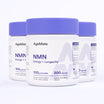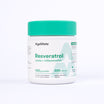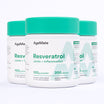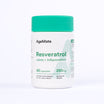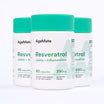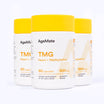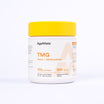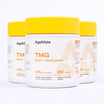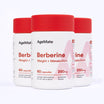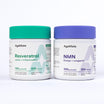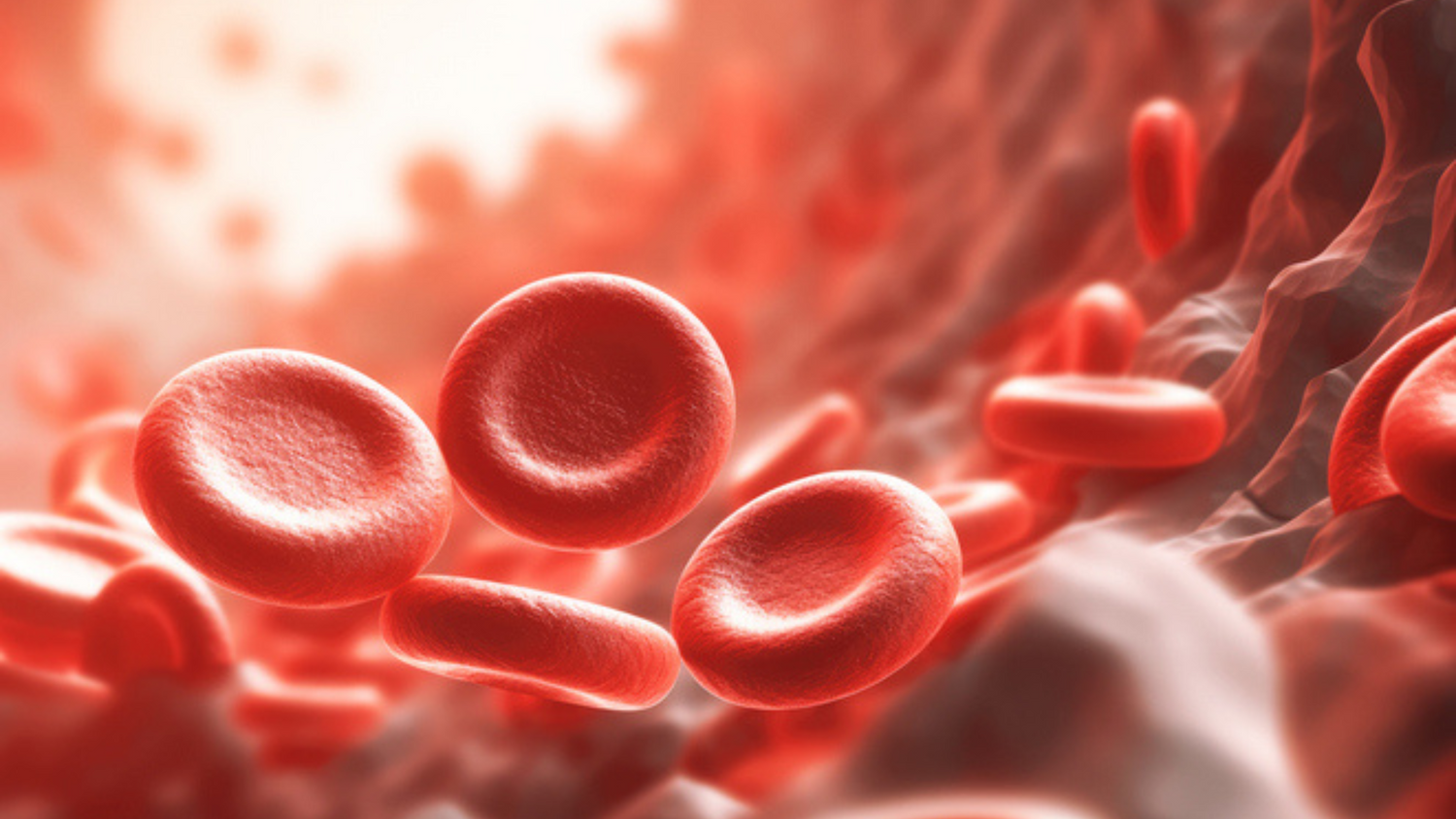Key Takeaways
- Reducing sugar intake doesn’t mean giving up your favourite treats.
- High sugar intake is linked to faster ageing and increased health risks.
- Simple lifestyle changes can help you enjoy what you love while keeping your blood sugar at healthy levels.
Did you know that your sugar intake may indicate how slow or fast you age? A new study by scientists at the University of California, San Francisco reveals that high sugar consumption can accelerate ageing. The good news is that reducing sugar could be key to slowing down ageing.
But does cutting back on sugar have to mean giving up your favourite foods? No, there are simple and satisfying ways to lower your intake without sacrificing taste. This guide offers practical tips to enjoy what you love while keeping blood sugar levels in check for a healthier, longer life.
How Excess Sugar Affects Ageing
Excess sugar isn’t just a threat to maintaining a healthy weight—it can also contribute to faster ageing. Studies have shown that high sugar intake may damage collagen and elastin, essential proteins that keep your skin firm and youthful.
Additionally, sugar can trigger oxidative stress and inflammation, both of which are closely linked to premature ageing. For those concerned about maintaining vitality and a youthful appearance, cutting back on sugar is a powerful step (R).
The Importance of Healthy Blood Sugar Levels
Keeping your blood sugar within a healthy range supports better energy levels, clearer thinking, and overall wellness. Consistently high blood sugar can lead to insulin resistance, a precursor to type 2 diabetes, and contribute to oxidative damage in the body. Understanding the normal blood sugar levels by age can help you set reasonable goals for your health without becoming overly cautious.
Check out our Normal Blood Sugar Levels Chart by Age below to see if you are within range. Remember this chart is intended for informational purposes. Consult a healthcare professional for personal guidance on maintaining healthy blood sugar levels.

Simple Ways to Lower Sugar Intake Without Giving Up Treats
Choose Natural Sweeteners for a Satisfying Swap
Artificial sweeteners aren’t the only option for cutting back on sugar. Natural alternatives, such as stevia, monk fruit, and pure maple syrup, allow you to enjoy sweetness with a lower impact on your blood sugar. Unlike sugar, stevia and monk fruit have zero calories and a glycemic index of zero, meaning they won’t spike blood glucose levels. Using these in moderation in tea, coffee, or desserts can keep your cravings satisfied while supporting your longevity goals.
Prioritise Protein and Fibre
How Protein and Fibre Help Balance Blood Sugar
Starting your day with a meal high in protein and fibre can stabilise your blood sugar and reduce sugar cravings later on. Protein slows digestion, giving you a sustained energy boost, while fibre helps slow down sugar absorption. Meals rich in eggs, yoghurt, vegetables, or whole grains can make a significant difference in your blood sugar balance and support long-term health (R).
Easy Swaps to Include More Protein and Fibre
Opt for protein-rich snacks like Greek yoghurt with berries, nuts, or seeds, or add a scoop of protein powder to your smoothies. Adding fibre through foods like oats, chia seeds, and vegetables can also help manage your sugar intake and improve overall health.

Redefine Dessert with Fresh Fruit
Enjoy Fruit for a Naturally Sweet Treat
Fruits like berries, apples, and pears are naturally sweet and come packed with essential nutrients and fibre, which helps balance their sugar content. Fruit can satisfy your sweet tooth while delivering vitamins and antioxidants, supporting healthy skin and a youthful glow. Berries, in particular, are high in antioxidants and low in sugar, making them a perfect choice.
Smart Dessert Choices for Lower Sugar Intake
Try incorporating fruit into your favourite desserts: blend frozen bananas for a creamy “nice cream” or bake an apple with cinnamon for a naturally sweet treat. These choices allow you to enjoy dessert without added sugars, supporting your goal to reduce intake.
Drink Smart: Cut Sugar in Your Beverages
Choose Low-Sugar Alternatives for Popular Drinks
Beverages can be a hidden source of sugar, contributing significantly to daily intake. Sugary sodas, energy drinks, and even some juices can quickly push you over the recommended limit. Swapping these with water, herbal teas, or sparkling water with a splash of lime can significantly reduce your sugar intake and support longevity.
The Impact of Sugary Drinks on Blood Sugar Levels
Sugary drinks rapidly spike blood glucose levels, leading to quick energy highs followed by crashes. Choosing low-sugar or no-sugar options is not only beneficial for blood sugar management but also helps prevent sugar cravings throughout the day (R).
Move After Meals
The Power of Movement for Blood Sugar Control
Physical activity, especially after meals, can help regulate blood sugar levels by enhancing insulin sensitivity. A short 10–15 minute walk after eating can lower post-meal glucose levels and reduce sugar cravings. This simple habit can support healthy blood sugar levels and promote a youthful metabolism, making it easier to stay active and energetic (R).

Simple Ways to Include More Movement
You don’t have to commit to long workouts—small bursts of movement add up. Opt for a brief walk after lunch, or do a quick 10-minute stretch in the evening. These habits can make a big difference in how your body handles sugar.
Taking steps to reduce sugar intake can have a lasting impact on your health and wellbeing, helping you feel more energetic, look youthful, and support healthy ageing. By making small, manageable changes—like choosing natural sweeteners, eating more protein and fibre, and moving after meals—you’re actively contributing to your longevity journey.
Curious to learn more ways you can maintain healthy blood sugar levels? Read our blog – 10 Ways to Avoid Glucose Spikes.



